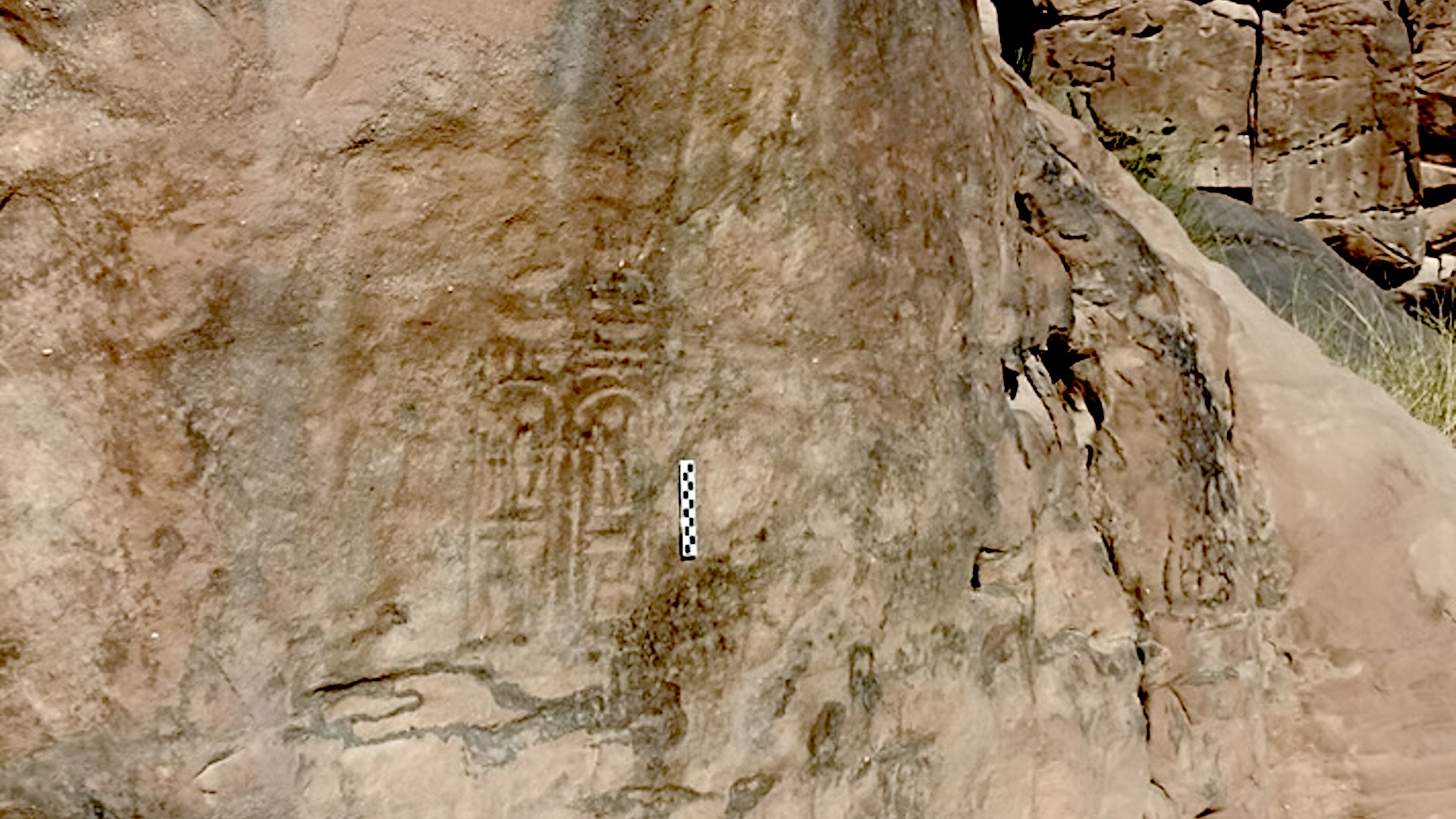Constant Battle as Brain Pits Right Hand Against Left
Most of us probably think of our hands as working together. But a new study finds that when it comes to reaching out for objects, it's a dog-eat-dog competition between left and right.
The research, published Sept. 27 in the Proceedings of the National Academy of Sciences, found that magnetic pulses applied to certain areas of the brain can give one hand an advantage at being chosen to complete a task like reaching for an object. The findings reveal the mental race that happens every time we reach for an elevator button, for instance, but they might also be useful in retraining the brain after a stroke or brain injury, the researchers said.
"By understanding this process, we hope to be able to develop methods to overcome learned-limb disuse," Richard Ivry, a UC Berkeley neuroscientist who co-authored the study, said in a statement.
Meeting of the minds
Previous research provided tantalizing clues that when we make the seemingly simple decision to reach out with one hand, our brain actually prepares both hands for action. In one brain condition, known as "alien hand syndrome," people told to reach out with one hand will reach out with both, even though they claim no conscious control over the second hand.
Most of these people have damage to the corpus callosum, the structure that connects the two halves of the brain. That suggests each hemisphere prepares a hand to take the same action, with the left hemisphere controlling the right hand and the right hemisphere controlling the left hand. Then, at the last minute, both hemispheres come together for a final decision on which hand will act. In alien hand syndrome, the communication between hemispheres is disrupted, so both halves carry out their plans.
To test the competition theory, Ivry and his co-authors had participants, all right-handed, sit at a table, upon which they projected dots for the participants to reach for. In some experiments, the participants were told which hand to use, and in others, they had a choice between hands.
Sign up for the Live Science daily newsletter now
Get the world’s most fascinating discoveries delivered straight to your inbox.
When participants had a choice, their reaction time slowed slightly, especially for dots near the middle of the table where both hands were nearby. That delay suggested extra milliseconds of processing are required for the brain to pick a hand.
Magnets on the brain
Next, the researchers scrambled the signal coming from one half of the brain with a magnet. Using transcranial magnetic stimulation, in which an electromagnet placed on the head stimulates the nerve cells of the brain, the researchers disrupted the posterior parietal cortex, an area toward the top and back of the brain that helps with planning of motor tasks.
When researchers stimulated the left side of the brain (the side that controls the right hand), participants' preference for their dominant right hand weakened. Use of the left hand went up 13.5 percent. The finding suggests that the posterior parietal cortex initiates the hand versus hand competition. When the stimulation "trips up" the right hand, the left pulls ahead and gets used more often.
Stimulating the right side of the brain, which controls the left hand, made no difference in hand use. The reason may have been that people already preferred their right hand and had little room to use it more, the researchers wrote, or perhaps the sides of the brain aren't quite equal in their importance to motor planning.
The researchers aren't sure why every one-handed move we make might start out as a two-handed plan. It may be that having a Plan B makes us faster to respond to fluid situations.
"In the middle of the decision process, things can change," said Flavio Oliveira, a UC Berkeley postdoctoral researcher and co-author on the paper. "So we need to change track."

Stephanie Pappas is a contributing writer for Live Science, covering topics ranging from geoscience to archaeology to the human brain and behavior. She was previously a senior writer for Live Science but is now a freelancer based in Denver, Colorado, and regularly contributes to Scientific American and The Monitor, the monthly magazine of the American Psychological Association. Stephanie received a bachelor's degree in psychology from the University of South Carolina and a graduate certificate in science communication from the University of California, Santa Cruz.









